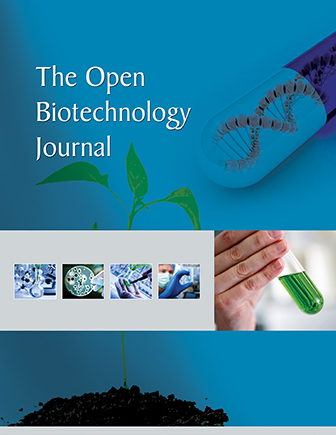All published articles of this journal are available on ScienceDirect.
Physicochemical Properties, Antioxidant and Antimicrobial Activities of Sweet Orange (Citrus sinensis L. OSBECK) Fruit Peel and Pulp Oil Extracts
Abstract
Background:
Citrus sinensis L., commonly called sweet orange, fruit waste (peel, seed, and pulp) oils, are used as natural preservatives due to their broad spectrum of biological activities, including antimicrobial and antioxidant effects.
Objective:
The aim of this study was to investigate the physicochemical properties, antioxidant and antimicrobial activities of sweet orange peel and pulp oils extracted using the solvent extraction method.
Methods:
The oil extraction was done in the Soxhlet apparatus using petroleum ether as a solvent. Then, the physicochemical properties of the oil extracts were assessed based on the determination of oil yield, acid value, free fatty acid, and peroxide value. The antioxidant activity of the oil extract was evaluated based on 2,2-diphenyl-1-picrylhydrazyl (DPPH), and hydrogen peroxide free radical scavenging activity as well as ascorbic acid content.
Results:
The results indicated that significantly higher antioxidant activities with respect to ascorbic acid (47.94%) and DPPH value 85.20% were recorded for sweet orange pulp/juice oil. Stronger antibacterial activity with a maximum zone of inhibition (10.67mm), minimum inhibitory concentration (MIC) of 0.25µg/ml, and minimum bactericidal concentration (MBC) of 0.25µg/ml were recorded for fruit pulp oil extract against Staphylococcus aureus. Stronger antifungal activity with a maximum zone of inhibition (9.67mm), MIC (0.25µg/ml), and minimum fungicidal concentration (MFC) of 0.50µg/ml were also observed for fruit pulp oil extract against Aspergillus versicolor.
Conclusion:
C. sinensis fruit pulp oil was found to demonstrate stronger biological activities, including both antioxidant and antimicrobial potentials.


